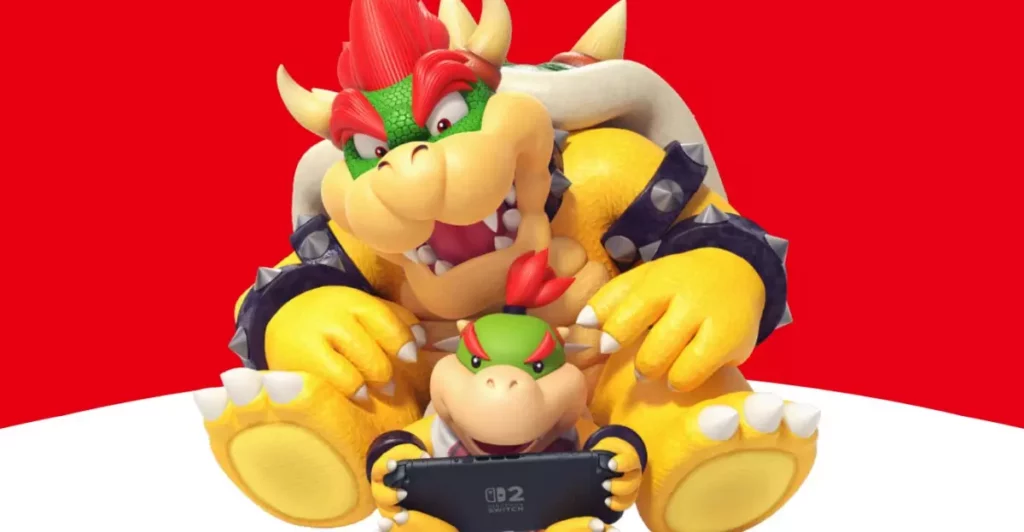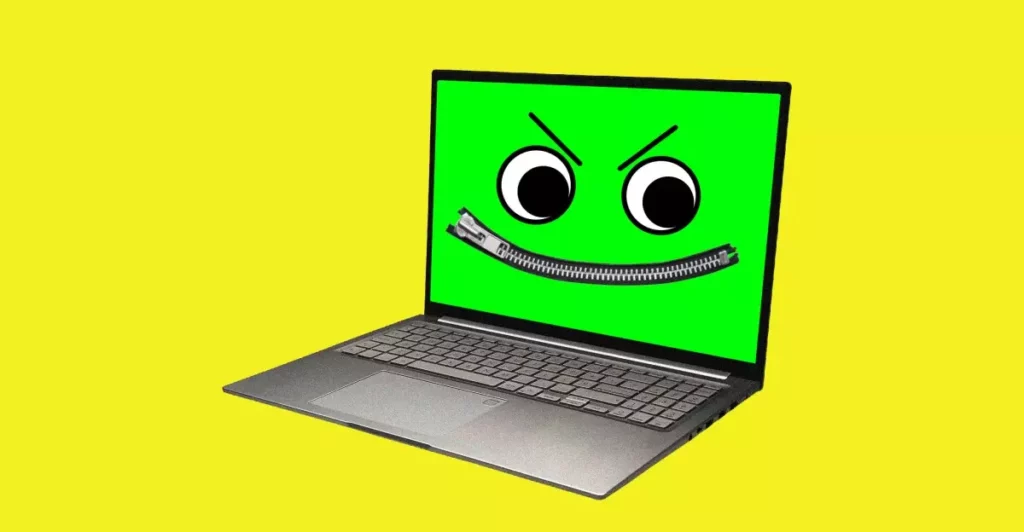In today’s rapidly evolving technological landscape, safeguarding children online is paramount. Parents are no longer passive observers; they are now active gatekeepers in a digital world that can be as exhilarating as it is perilous. Companies like Nintendo have taken noticeable steps to address this fundamental challenge, particularly through their enhanced Nintendo Switch Parental Controls app. The reality is that gaming has woven itself into the fabric of childhood, and with this integration comes the onus of responsibility on both parents and tech developers to ensure a secure online space for kids.
The recent updates to the Parental Controls app illustrate Nintendo’s acknowledgment of these challenges. With the anticipated release of the Switch 2 looming, these changes reflect a proactive approach rather than a mere reaction to external pressures. The introduction of new features that govern interactions through voice and video chat acknowledges a nuanced understanding of both the positives and negatives of digital communication. The question is: Are these measures enough to genuinely protect young players without compromising their engagement and sociability?
Balancing Safety and Communication
At the heart of the updates is the GameChat feature, allowing players to connect via voice and video. While facilitating social interaction is commendable, it simultaneously provokes concerns about online interactions, often filled with unpredictable elements. Nintendo’s proactive stance, explicitly placing the onus of approval for chat sessions on parents, raises a critical discourse around the nature of digital communication. Even though such measures might be frustrating for kids who are eager to connect, they are critical in reinforcing parental oversight.
The decision to prohibit video chats for players under sixteens is a double-edged sword; it can be perceived as a necessary precaution or an unwarranted restriction. This measure speaks volumes about the delicate balance that parents must navigate—between fostering a child’s independence and ensuring their safety. Speaking from a center-right liberal perspective, it’s clear that children should have the right to explore, communicate, and innovate digitally, albeit under guided supervision.
A Tool for Empowerment, Not Just Control
A commendable aspect of Nintendo’s updates is that the Parental Controls app serves as more than a mere monitoring tool; it’s an educational platform that enables parents to engage in conversations about responsible gaming. Features that provide historical insights into chat usage and allow for the addition of personalized contact notes exemplify a thoughtful approach to parenting in the digital sphere. This extra layer of oversight is not just about action; it empowers parents with knowledge, enabling informed discussions about their children’s gaming habits.
Moreover, by encouraging families to establish their own digital boundaries, Nintendo promotes an atmosphere of shared responsibility, where parents and children collaborate to create a safe space. In a technological environment where children often exhibit superior skills compared to their parents, this initiative is refreshing and vital. Setting personal limits not only improves safety but also fosters a culture of accountability and awareness that will be essential as children grow into digitally savvy adults.
Addressing the Long-standing Dilemma
Nonetheless, ongoing dialogue is needed. The challenge of balancing children’s independence with safety measures is ever-present. Overly stringent restrictions risk stifling the social growth and interpersonal skills that online platforms are designed to nurture. Companies like Nintendo must remain vigilant, adapting regulations as technology advances and social interactions evolve. Ensuring that safety and engagement coexist harmoniously is not just a goal; it is a necessity in the contemporary digital landscape.
If we are to encourage children’s growth in a responsible manner, children’s perspectives on these safety measures must also be taken into account. After all, a child’s ability to navigate social dynamics is sharpened through their interactions, and technology should not be seen merely as a risk to be managed but as a bridge to be built. Nintendo’s ethos can still pave the way for a future where young gamers can benefit from accessible safety measures while enjoying their social interactions online, fully equipped to engage in the digital age with confidence and know-how.









Leave a Reply